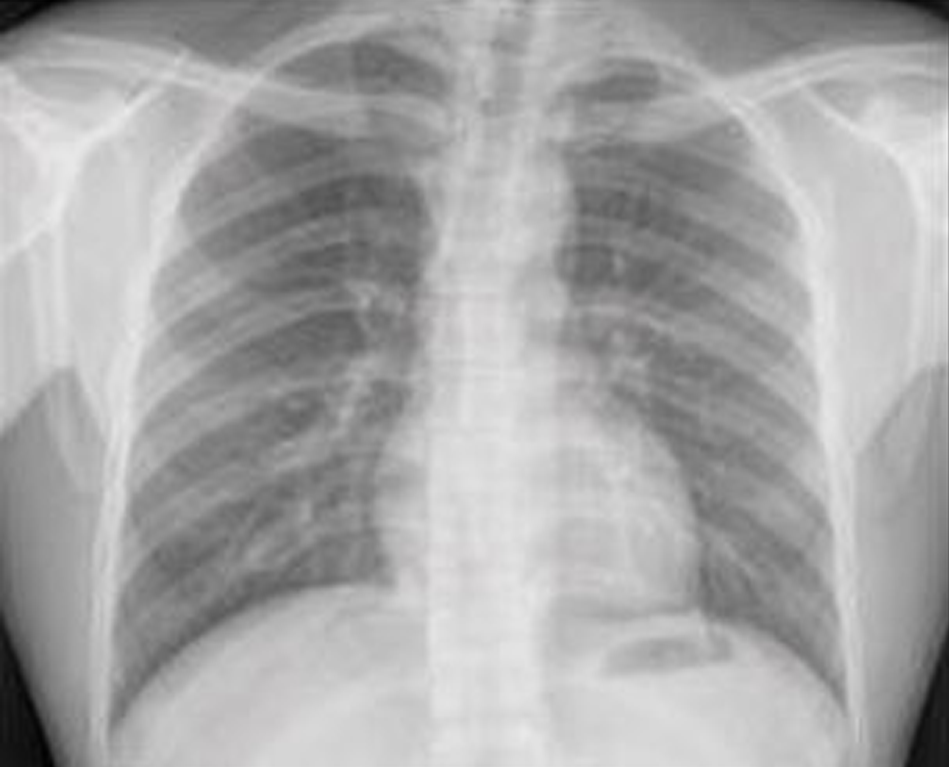Deep Learning Model Predicts 10-Year Cardiovascular Disease Risk from Chest X-Rays - Diagnostic Imaging

Researchers have developed a deep learning model that predicts the 10-year risk of major adverse cardiovascular events (MACE) from a single routine chest X-ray. The model had a similar performance to the established atherosclerotic cardiovascular disease (ASCVD) risk score, according to new study findings presented at the Radiological Society of North America (RSNA) 2022 Annual Meeting.
"Our deep learning model offers a potential solution for population-based opportunistic screening of cardiovascular disease risk using existing chest X-ray images," said lead author Jakob Weiss, M.D., a radiologist affiliated with the Cardiovascular Imaging Research Center at Massachusetts General Hospital and the AI in Medicine program at the Brigham and Women's Hospital in Boston. "This type of screening could be used to identify individuals who would benefit from statin medication but are currently untreated."
Current guidelines recommend estimating the 10-year risk of MACE to establish which patients would benefit from statin medication for the primary prevention of ASCVD. Statin medication is recommended for those with a 10-year risk of 7.5 percent or higher. However, calculating this risk requires consideration of a variety of factors such as age, sex, race, systolic blood pressure, hypertension treatment, smoking, type 2 diabetes, and a lipid panel that are often not available in electronic records. Therefore, other approaches for population-based screening are needed.
The researchers trained and developed a deep learning model, dubbed CXR-CVD risk, to predict the risk of death from cardiovascular disease from a single chest X-ray image. The model was trained using 147,497 chest X-rays from 40,643 participants from the Prostate, Lung, Colorectal, and Ovarian Cancer (PLOC) screening trial. The researchers tested the model using an independent cohort of 11,430 outpatients (mean age 60; 43% male) who had a routine chest X-ray and were potentially eligible for statin therapy. The prognostic value of CXR-CVD risk was compared to the established ASCVD risk score in a subset of 2,401 patients who had the aforementioned variables necessary to calculate ASCVD risk available in their electronic health records. The primary outcome was the observed 10- year incident of MACE (stroke and myocardial infarction).
In the testing dataset of 11,430 patients, 1,096 (9.6 percent) experienced a MACE over a median follow-up of 10.3 years. A significant association of CXR-CVD risk and MACE was seen in statin-eligible patients (with a hazard ratio (HR) of 2.03), which remained significant after adjusting for cardiovascular risk factors (adjusted HR of 1.63). In the subgroup of 2,401 patients, the performance of CXR-CVD risk was similar to (c-statistic 0.64 vs. 0.65) and additive to the ASCVD risk score (adjusted HR of 1.58).
According to Dr. Weiss, additional research is needed to validate the deep learning model, which could potentially serve as a decision support tool for treating physicians.
"What we've shown is a chest X-ray is more than a chest X-ray," said Dr. Weiss. "With an approach like this, we get a quantitative measure, which allows us to provide both diagnostic and prognostic information that helps the clinician and the patient."
Comments
Post a Comment